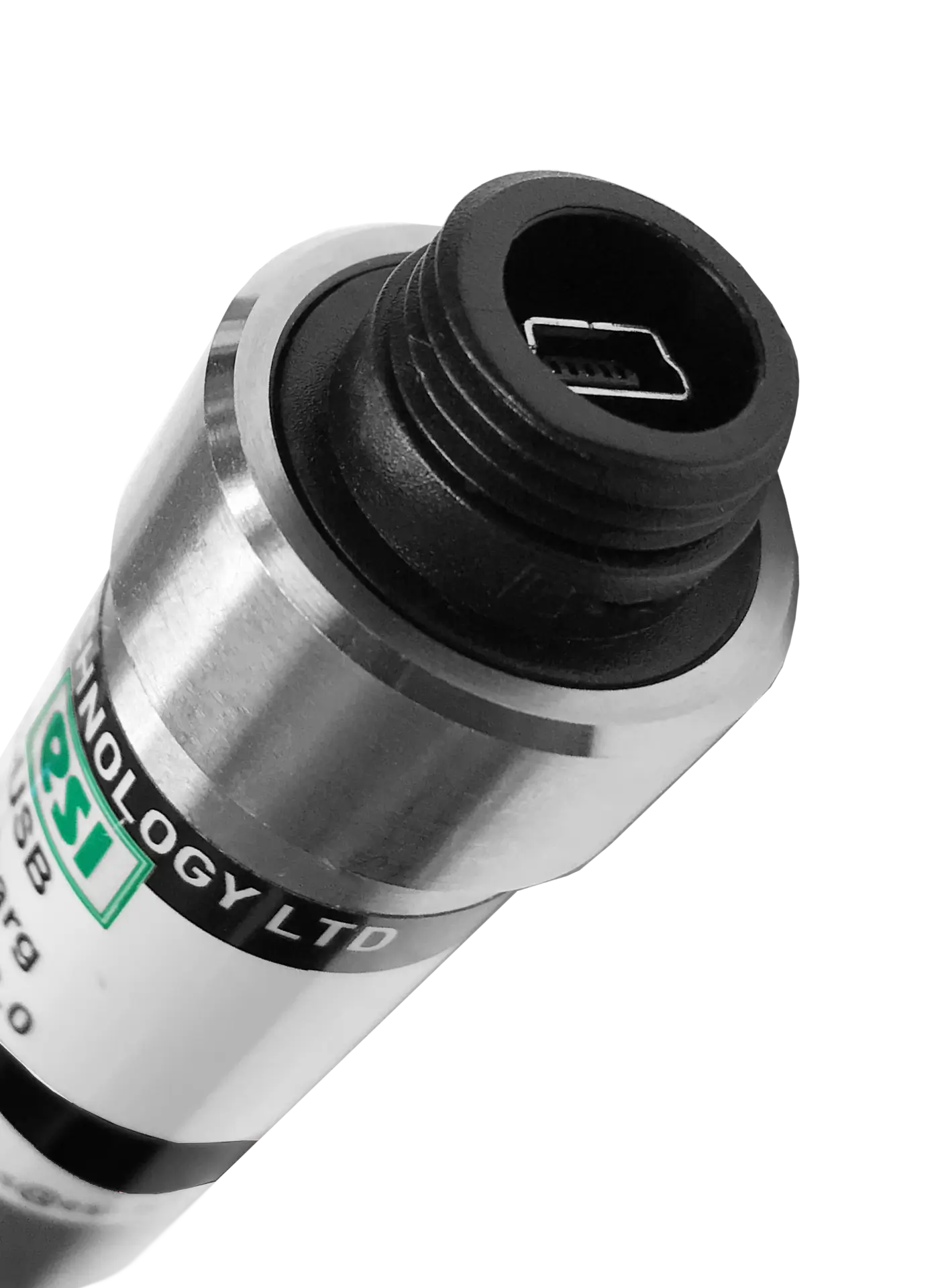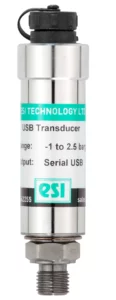Our Unit Converter
The ESI Unit converter allows you to quickly and easily access a conversion tool to work out your preferred unit of pressure measurement wherever you may be. Whether out on-site or in the office.

Download the ESI-USB© Software
The ESI-USB© software allows you to connect your ESI transducer to your laptop or PC and be up and running monitoring pressure data within ten minutes. The software auto-updates and is compatible with Windows 8, 10 & 11.

Selecting the right pressure transducer for your application is crucial for accurate and reliable measurements. With a vast array of options available, understanding the key parameters and your specific needs is essential. At ESI Technology, we’ve been helping engineers and professionals find the perfect pressure sensing solutions for years. This guide will walk you through the critical considerations to answer the fundamental question: How do I choose a pressure transducer?
The first step in answering ‘How do I choose a pressure transducer?’ is to clearly define the pressure range of your application. You need to know the minimum and maximum pressures the transducer will be subjected to. Selecting a transducer with a range too narrow will lead to over-ranging and potential damage, while a range too broad will compromise accuracy, as the resolution will be spread across a larger span. It’s generally recommended to choose a transducer with a range that is 1.5 to 2 times the maximum operating pressure to ensure safety and optimal performance.
Next, consider the type of pressure you need to measure. There are several types, including:
- Gauge Pressure: Measured relative to atmospheric pressure.
- Absolute Pressure: Measured relative to a perfect vacuum.
- Differential Pressure: Measures the difference between two pressure points.
- Sealed Gauge Pressure: Similar to gauge pressure but referenced to a fixed pressure other than atmospheric.
Understanding your application’s pressure type is fundamental to choosing a pressure transducer correctly.
The environmental conditions where the transducer will operate are also critical. Factors such as temperature range, humidity levels, and the presence of corrosive substances or vibration will significantly influence the choice of materials and the transducer’s construction. For harsh environments, you’ll need a robust transducer with appropriate ingress protection (IP rating) and material compatibility. When considering your choice of pressure transducer, don’t underestimate the impact of the operating environment on longevity and reliability.
The accuracy required for your application is another vital factor in determining the type of pressure transducer you will use. Accuracy is typically expressed as a percentage of the full-scale output (FS) or as a percentage of the reading. Higher accuracy transducers are generally more expensive. Evaluate the level of precision your application demands to avoid overspending on unnecessary accuracy.
The output signal of the pressure transducer must be compatible with your data acquisition system or controller. Common output signals include:
- Voltage output (e.g., 0-5V, 0-10V)
- Current output (e.g., 4-20mA)
- Digital output (e.g., RS485, modbus)
Ensuring the output signal matches your system’s input is a crucial step in figuring out how to choose a pressure transducer.
The physical size and mounting requirements of the transducer are often overlooked but can be significant constraints. Consider the available space and how the transducer will be integrated into your system. Threaded connections, flange mounts, and other mounting options are available. When asking ‘how do I choose a pressure transducer?’, make sure the physical dimensions and mounting are compatible with your setup.
The media compatibility is paramount. The materials of the transducer that will come into contact with the fluid or gas being measured must be chemically compatible to prevent corrosion or degradation. Consider the material of the sensing element, the housing, and the seals when addressing how to choose a pressure transducer.
Finally, cost and lead time are always considerations. While it’s important to choose a transducer that meets your technical requirements, budget constraints and project timelines can influence your decision. ESI Technology offers a range of pressure transducers to suit various budgets and lead times without compromising on quality or performance. When pondering how do choose a pressure transducer, balance your technical needs with your financial and logistical realities.
In summary, answering ‘How do I choose a pressure transducer?’ involves a careful evaluation of the pressure range and type, environmental conditions, required accuracy, output signal, physical constraints, media compatibility, and finally, cost and lead time. By thoroughly considering these factors, you can confidently select the ideal pressure transducer for your specific application. At ESI Technology, our expert team is always available to provide guidance and help you navigate these choices to ensure you get the perfect pressure sensing solution. Contact us today to discuss your requirements.



